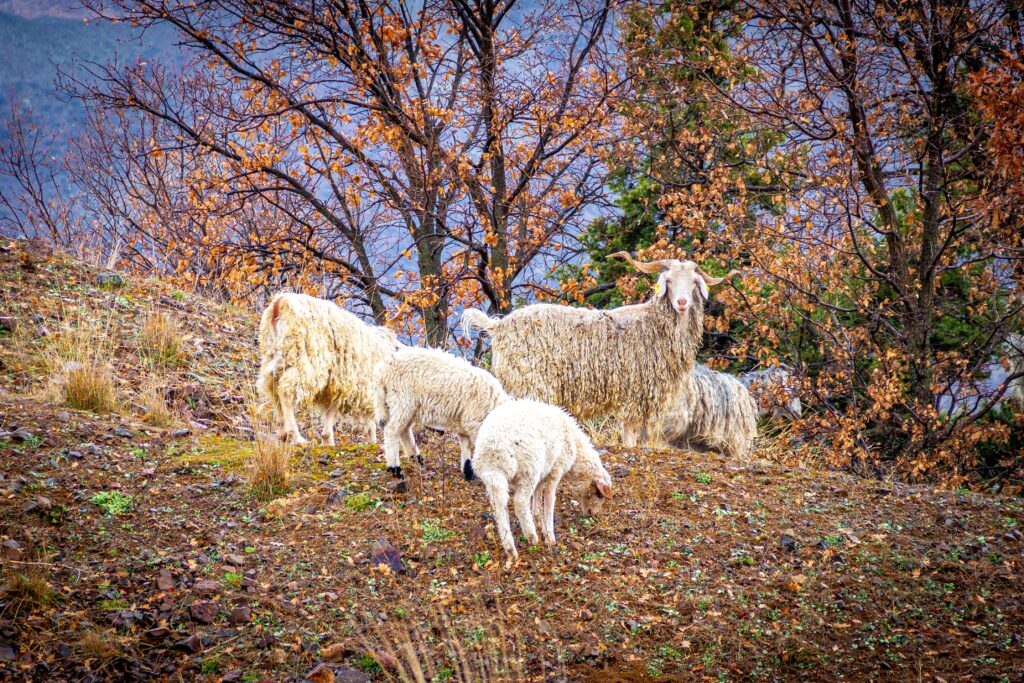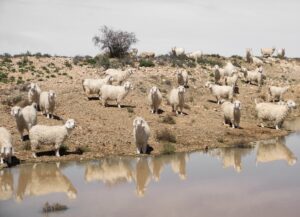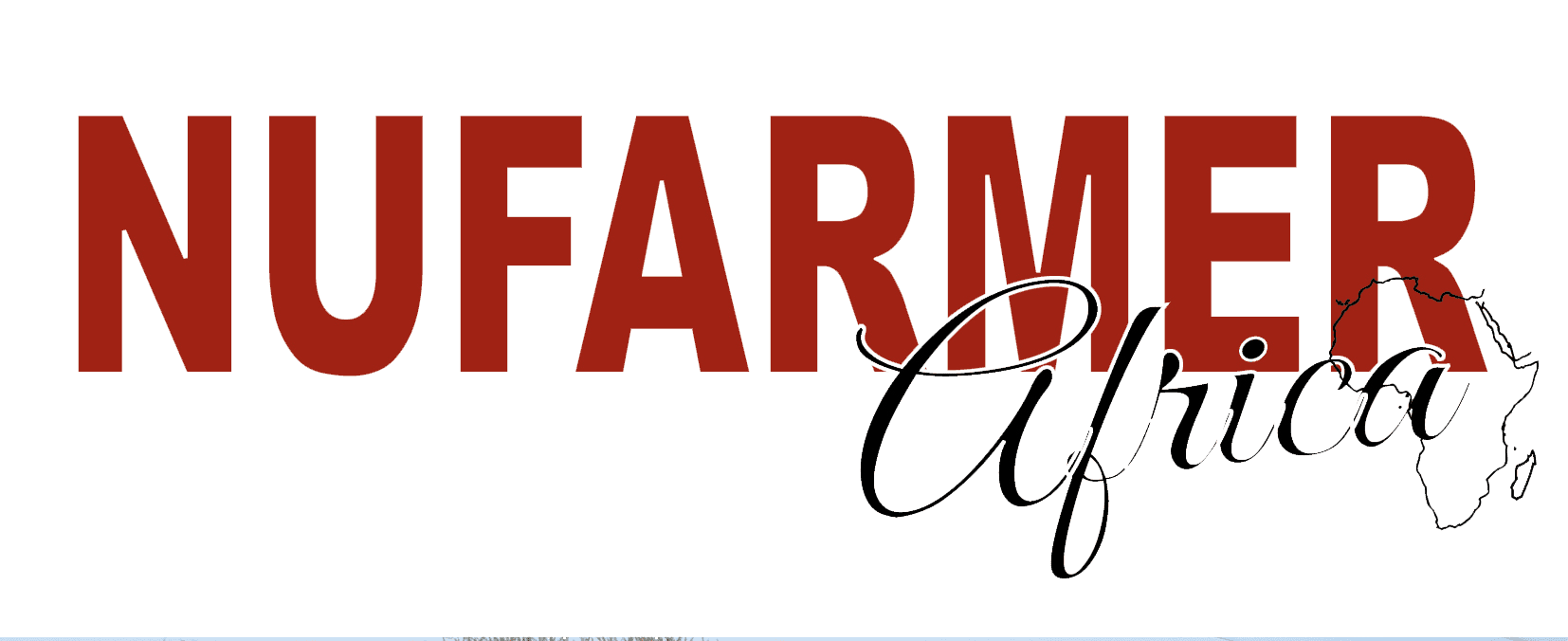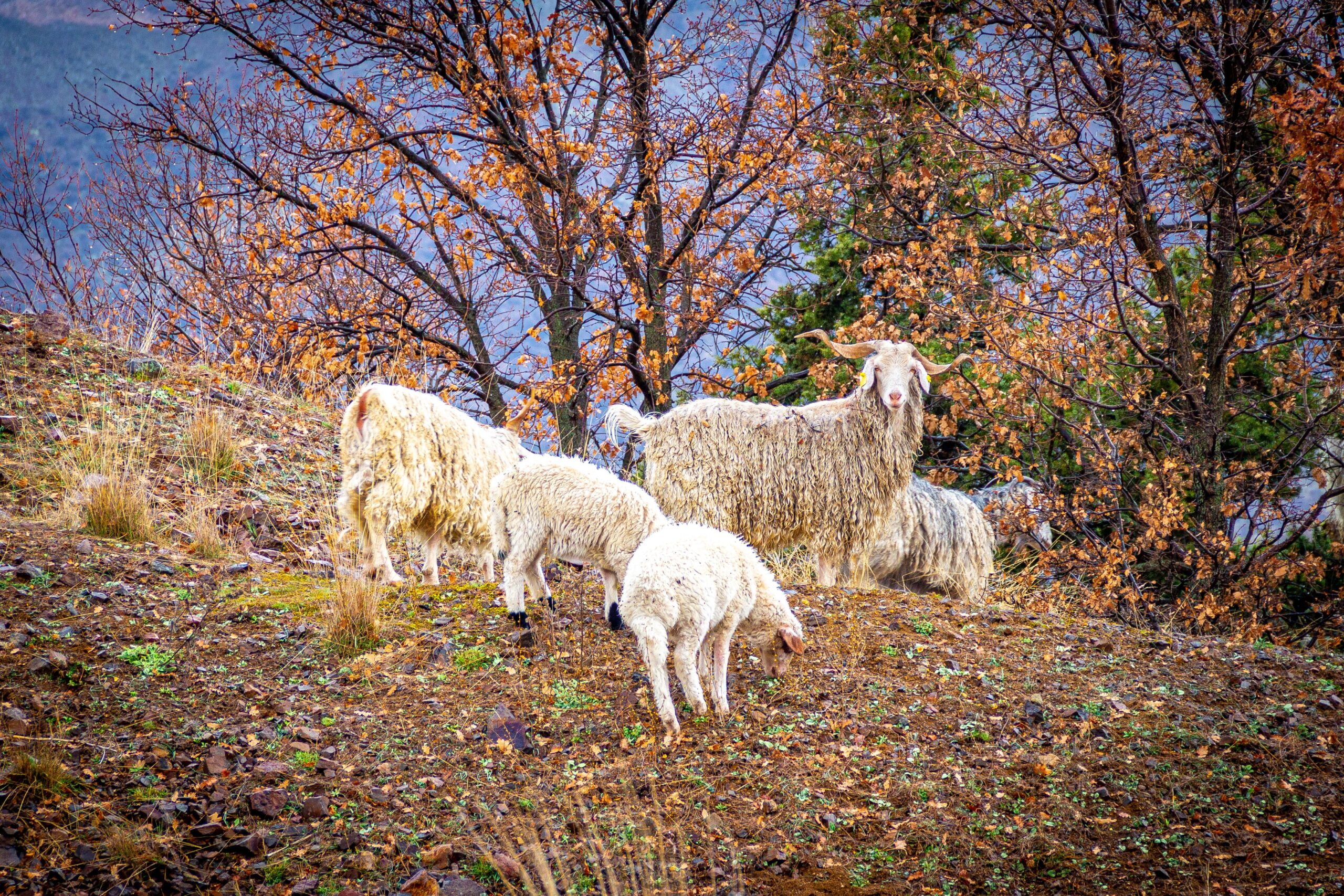South Africa is renowned for its diverse and thriving agricultural industry, and within this sector, Angora goats hold a special place. These majestic creatures, prized for their luxurious mohair fleece, have a rich history and a vital presence in South Africa’s agricultural landscape.
In this article, we’ll delve into the origin and introduction of Angora goats to South Africa, their popularity, what makes them unique, their advantages and disadvantages, shearing practices, classification, marketing strategies, nutritional requirements, management of parasites, breed variations, lambing and parenting, as well as their distribution across South Africa. Additionally, we’ll rank South Africa’s nine provinces in terms of suitability for Angora goat breeding.

Origin and Introduction of Angora Goats in South Africa
Angora goats, originally from Asia Minor (modern-day Turkey), have a history dating back thousands of years. However, it was in the 18th century that they began to gain prominence outside of their homeland. They were introduced to South Africa in the early 19th century when Captain John Thomas introduced a few Angora goats to the Cape Colony in 1838. These goats were crossed with local breeds, such as the indigenous bushmen goats, resulting in the development of the South African Angora goat breed.
Popularity And Unique Characteristics
Angora goats quickly gained popularity in South Africa due to their remarkable fleece. They are primarily known for their fine, silky mohair, which is highly prized in the textile industry for its softness, sheen, and durability. This luxurious fiber has a wide range of uses, from producing high-end clothing and accessories to upholstery and carpets. Angora goats are also known for their gentle disposition and adaptability to various environmental conditions, making them an ideal choice for South African farmers.
Advantages and Disadvantages of Angora Goat Farming
Advantages
- Mohair Production: The primary advantage of Angora goat farming is the production of high-quality mohair, which fetches a premium price in the market.
- Sustainability: Angora goats are relatively low-maintenance animals, and they can graze on a variety of natural vegetation, reducing the need for costly feeding.
- Adaptability: These goats can thrive in diverse climatic conditions, making them suitable for various regions in South Africa.
Disadvantages
- Shearing Challenges: Shearing Angora goats can be labor-intensive, and the animals require proper handling to prevent stress and injury.
- Disease Susceptibility: Angora goats are susceptible to certain diseases, such as internal parasites, which require vigilant management.
- Market Volatility: The mohair market can be volatile, and prices may fluctuate, affecting the profitability of Angora goat farming.
Shearing and Classification
Shearing
Shearing Angora goats is a crucial practice to harvest their valuable mohair. This process typically occurs once or twice a year, depending on the climate and specific requirements of the farm. Experienced shearers use electric clippers to carefully remove the fleece, ensuring minimal discomfort to the goats.
Classification
Angora goats in South Africa are classified based on the quality of their mohair fleece, with grades ranging from fine to strong. Fine mohair is the most sought-after, commanding the highest market prices. Classification plays a vital role in determining the economic value of the fleece.
Marketing and Distribution
Marketing Strategies
Marketing mohair is essential for Angora goat farmers. They can choose to sell their fleece at auctions, directly to textile manufacturers, or through cooperatives. Building relationships with buyers and maintaining consistent quality are key factors in successful mohair marketing.
Distribution in South Africa
Angora goat farming is widespread across South Africa, thanks to the adaptability of these animals to various regions. However, some provinces are more suitable than others for Angora goat breeding.
Let’s rank the nine provinces based on their suitability:
Ranking South Africa’s Nine Provinces for Suitable Breeding
- Eastern Cape: With its diverse landscapes and mild climate, the Eastern Cape is an ideal region for Angora goat farming.
- Western Cape: This province has a long history of Angora goat farming and offers suitable conditions for these animals.
- Northern Cape: The vast expanses of the Northern Cape provide ample grazing opportunities for Angora goats.
- Free State: The Free State’s temperate climate and ample pasture make it conducive to Angora goat breeding.
- KwaZulu-Natal: While not the primary region, KwaZulu-Natal can support Angora goat farming, especially in certain areas.
- North West: The North West province has potential for Angora goat farming, but careful management is required due to climatic variations.
- Gauteng: The urbanized nature of Gauteng limits its suitability for Angora goat breeding.
- Mpumalanga: While possible, Angora goat farming in Mpumalanga may face challenges due to climatic and environmental factors.
- Limpopo: Limpopo’s hot and dry climate makes it less ideal for Angora goats, but with proper management, it can still be feasible.
Nutritional Requirements and Parasite Management
Feed
Angora goats are primarily browsers and can feed on a variety of natural vegetation, including shrubs, trees, and grasses. However, it’s essential to supplement their diet with high-quality forage and mineral supplements to ensure optimal growth and mohair production.

Parasites and Dosage
Angora goats are susceptible to internal parasites, such as gastrointestinal worms. Effective management involves regular deworming using appropriate medications. Dosage should be carefully calculated based on the goat’s weight to prevent under or overdosing.
Angora Goats Breed Variations, Lambing, and Parenting
Breed Variations
While the South African Angora goat is the predominant breed in the country, there are other Angora goat breeds worldwide, such as the Turkish Angora. South African breeders may also cross Angora goats with other breeds to achieve specific traits, such as increased meat production.
Lambing and Parenting
Angora goats typically have a single kid per pregnancy, although twins can occur occasionally. The lambing season varies but often occurs in late winter or early spring. Proper care and nutrition for pregnant and nursing does are essential to ensure healthy offspring and maintain the overall health of the herd.
Conclusion
In conclusion, Angora goats have established themselves as an integral part of South Africa’s agricultural landscape, primarily due to their valuable mohair fleece. Their origin and introduction to the country, coupled with their adaptability and unique characteristics, have made them a favorite among farmers. While there are advantages to Angora goat farming, such as sustainability and adaptability, there are also challenges, including shearing and disease management.
Successful Angora goat farming in South Africa relies on a combination of factors, including proper nutrition, meticulous shearing practices, and effective parasite management. Furthermore, understanding the regional suitability for breeding in South Africa’s provinces can help farmers make informed decisions about where to establish their herds. With the right knowledge and dedication, Angora goat farming can continue to thrive in South Africa, contributing to both the agricultural sector and the global mohair industry.
Written by: Nicolene Oosthuizen

